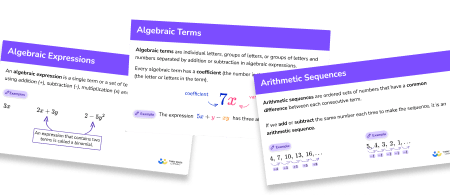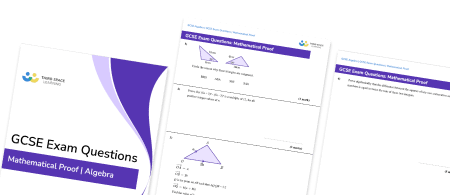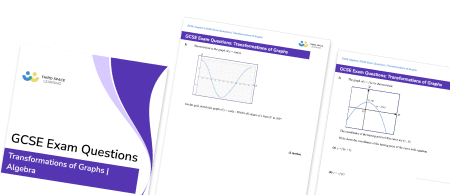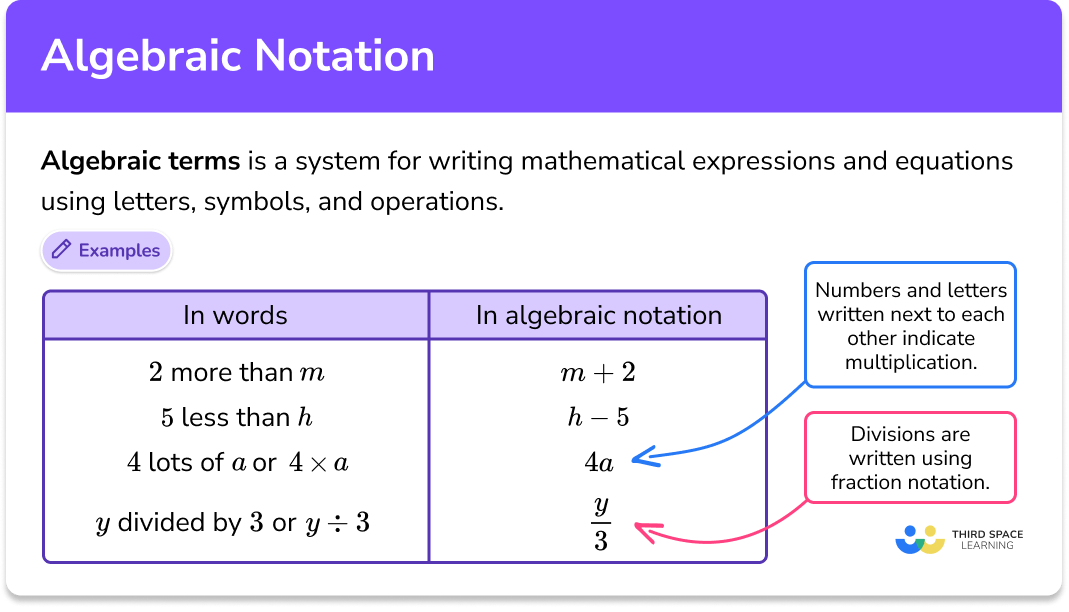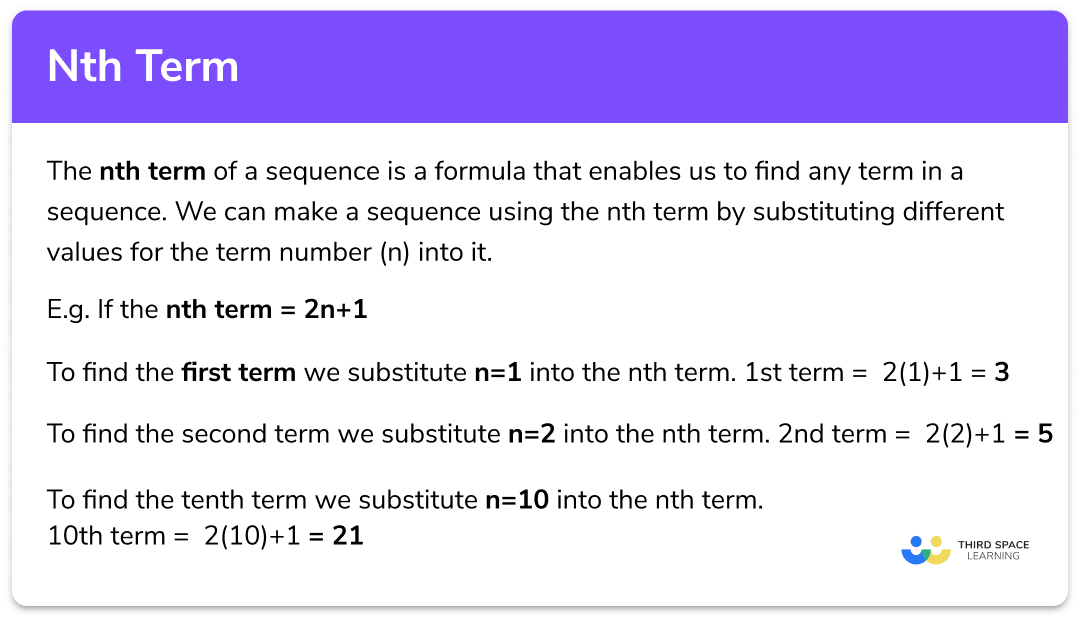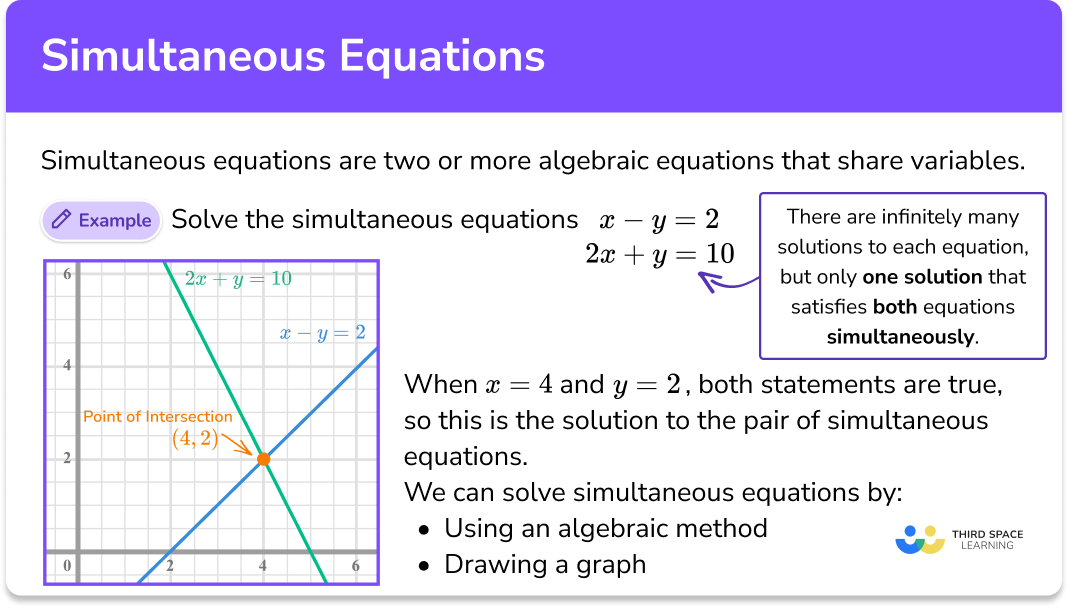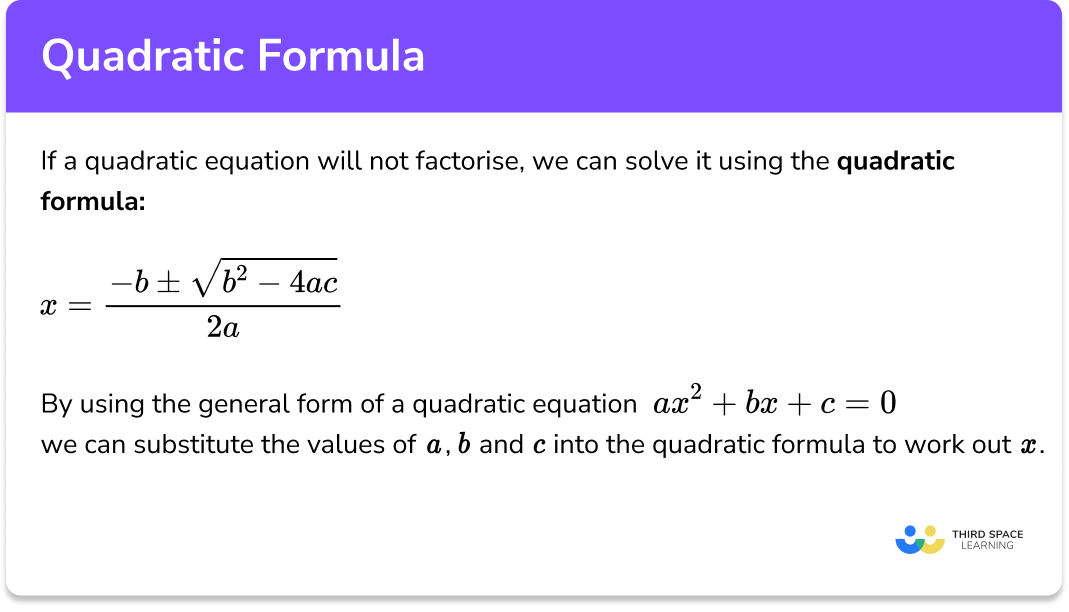FREE DOWNLOAD
Factorising Worksheet

Help your students prepare for their Maths GCSE with this free factorising worksheet of 26 questions and answers
- Section 1 of the factorising worksheet contains 21 skills-based factorising questions, in 3 groups to support differentiation
- Section 2 contains 3 applied factorising questions with a mix of worded problems and deeper problem solving questions
- Section 3 contains 2 foundation and higher level GCSE exam questions to practise factorising algebraic expressions
- Answers and a mark scheme for all questions are provided
- Questions follow variation theory with plenty of opportunities for students to work independently at their own level
- All skills based and GCSE questions created by fully qualified expert secondary maths teachers
- Suitable for GCSE maths revision for AQA, OCR and Edexcel exam boards
Factorising at a glance
Factorising is the inverse of expanding brackets. It involves rewriting an expression so that it becomes the product of two (or more) terms in brackets.
The topic begins with factorising binomials (polynomials with 2 terms) into a single bracket using common factors. This involves skills such as comparing the coefficients of the two terms and considering their highest common factor (hcf). The highest common factor may be a number, a variable (a letter) or both. Both terms may have indices, so an understanding of indices can be very useful.
The topic moves onto factorising trinomials (polynomials with 3 terms) such as quadratic expressions. This leads to rewriting the trinomial as a product of two factors, each with its own set of brackets. This is often referred to as factorising quadratics with double brackets. This can be done by looking at the constant term and finding its factor pairs and calculating which pair sum to make the coefficient of the x term. We can use factorising quadratics as a method for solving quadratic equations.
When a binomial expression involves a square term being subtracted from another square term, we can factorise it by using the difference of two squares method. This results in double brackets. Knowledge of square numbers is useful when factorising using this method.
Looking forward, students can progress with more factorising worksheets to additional algebra worksheets, for example a solving equations worksheet, simultaneous equations worksheet, or a rearranging equations worksheet.

For more teaching and learning support on Algebra our GCSE maths lessons provide step by step support for all GCSE maths concepts.
Do you have students who need additional support?

With Third Space Learning's secondary maths tutoring programmes, students in Year 7-11 receive regular one to one maths tutoring to address gaps, build confidence and boost progress.
"My confidence in the tutoring is high. We've had some phenomenal results. I even had one girl get a Grade 8 this year; she came to every tutoring session."
Stacey Atkins, Maths Director, Outwood Grange Academies Trust

